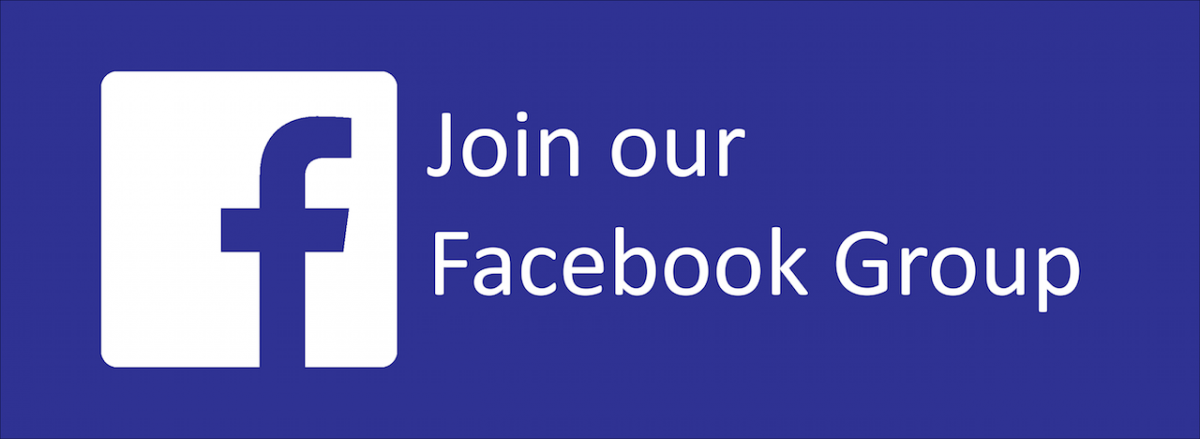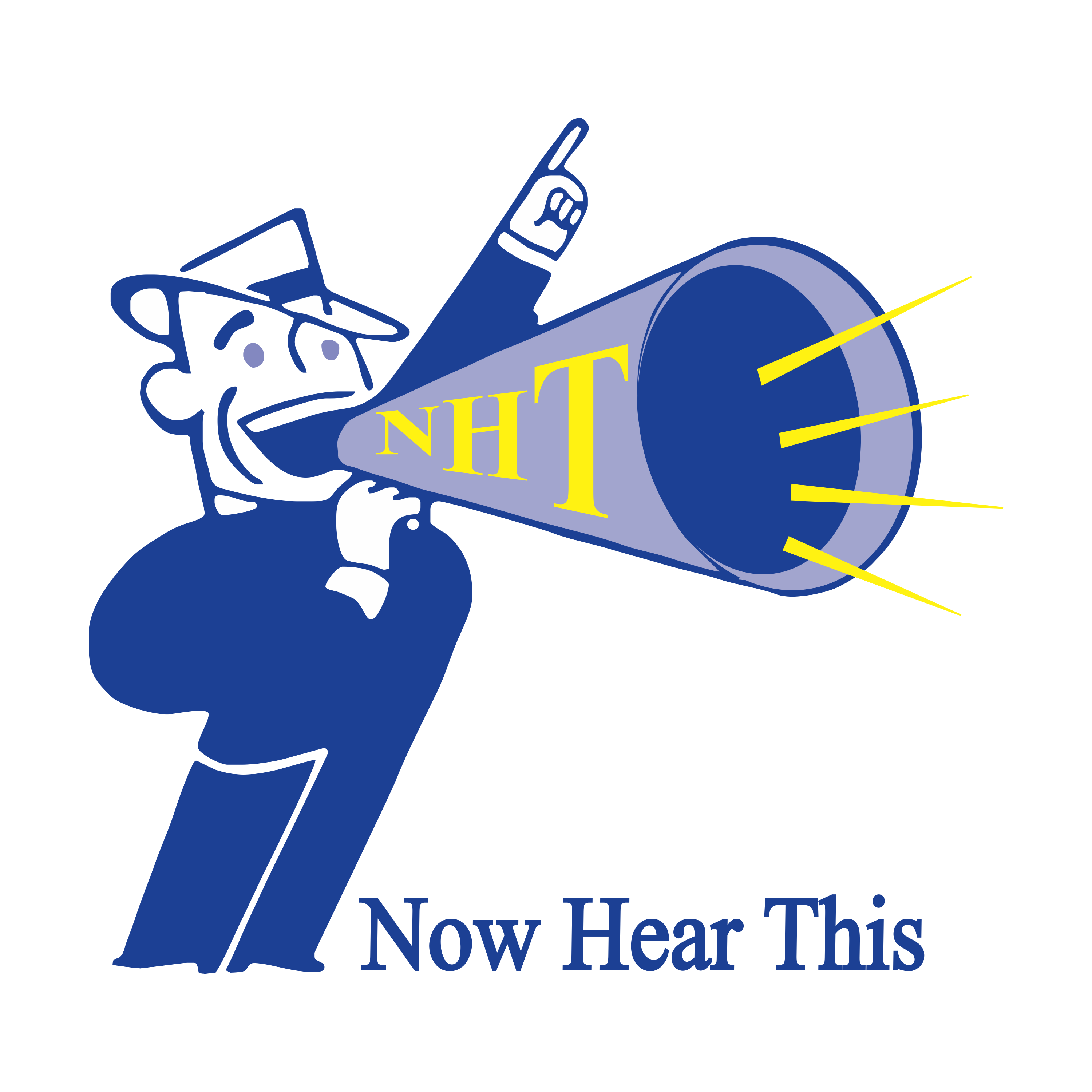 No matter where you fall on the positive/negative, love/hate scale, at the end of the day, streaming isn’t going anywhere. Even though artists, understandably so, get frustrated with digital service providers because of how little they pay out, streaming saved the music industry and therefore must be prioritized.
No matter where you fall on the positive/negative, love/hate scale, at the end of the day, streaming isn’t going anywhere. Even though artists, understandably so, get frustrated with digital service providers because of how little they pay out, streaming saved the music industry and therefore must be prioritized.
Here are some strategy suggestions for releasing in 2020:
Optimize your Spotify profile and embed a follow button on your website
Spotify is such an important platform and the way you present yourself is crucial. Make sure you have a cover photo, a few stock images for your About section, a bio, and your socials connected, and embed a follow button on your website. Taking it a step further, make sure your photos and the tone of your bio are cohesive with your website and other media platforms, and make sure they express your personality and the mood of your music. This may seem obvious, but if your music leans more melancholic, maybe consider a more serious photo with cooler tones, and make sure the verbiage of your bio encapsulates the vibe of your music lyrically and sonically. Brand integrity is key. All of these small components matter.
Become your own playlist curator
Create an artist playlist and start building a following. It can be a themed playlist. It can be a list of your influences. Just remember to always include your music on the playlist. You can update it weekly, monthly, or however often you want, and slowly start to gain a following. Let artists submit their music to it and tag them when you add them. This is a great, tangible way to become your own playlist curator, connect with other artists, and organically grow your streams and listeners yourself.
Understand social media insights when posting a release and implement the “seven times factor”
Social media insights are a great tool for knowing the ideal times to post a new release and for cross-referencing what kinds of posts your audience likes to engage with the most. On your Facebook Page (not your personal profile) and your Instagram (that must be a business account) you can utilize these insights.
The Marketing Rule of 7 has been a maxim since the 1930s. It basically insinuates that a buyer needs to hear a product advertised at least seven times to even consider purchasing said item. Implement this when releasing music! Songs are creative expressions yes, but they are also a product. Treat your release as such and share it on your platforms at least seven times. Map out a schedule beforehand of seven or more different creative, fun ways to share your product with your community.
Use targeted ads on social media
You can target specific demographics on social media and tailor each ad to who you’d like to reach. The analytics that are provided from the social media ad managers can be extremely intuitive, but it’s smart to manually target as well. If your song is youthful, it might be a good idea to have a low, tighter age range for your ad, for example. You also don’t only have to focus on getting your music in front of individual consumers based on genres or similar artists. You can also focus your campaign to be geared towards companies (like labels, distribution, development) and job titles (managers, A&R, etc). This way you are also targeting those folks that are looking to discover people like yourself.
Incentivize fans to join your mailing list
By using Patreon, or just a landing page on your email service, you can reach out on all of your social media platforms to announce that fans can hear a new release or see a new music video a few days to a week early to incentivize them to sign up for your mailing list. Social media posts get buried, fake accounts follow you and hurt your engagement, and while yes, people can miss an email, mailing lists are about the most intentional and direct way of reaching out to fans.
Aim for third-party playlists
Artists can sometimes be too hyper focused on getting a Spotify editorial placement. It looks really good on socials, it spikes your listeners, etc. However, not only are the odds slim of securing those types of playlists, but what happens when your listeners spike and then fall dramatically once you’re taken off? Using third party lists can assist with getting around the gatekeepers and cutting through the noise on your own.
While there are certainly scam-like companies out there (here’s our advice on how to detect those red flags), third-party playlist companies can be a great tool for artists. They can help artists and bands gain new listeners, forge relationships with independent curators on the platform, and trigger Spotify algorithms.
Streaming Promotions CEO Michael Sloane had a great response to the Forbes article that warned against them, saying, “We know there’s nothing more than submission that can get you on Spotify Editorial. It’s the very reason we focus on user-generated content (UGC). If you don’t get on editorial (40,000 songs are released on Spotify everyday, so your chances are unfortunately slim), they’re basically saying you’re screwed and back to the ‘figure 8’ — releasing your music, just like your social content, to the same people over and over again…with no one discovering you.
“The framing of that (Forbes) article is 100% about editorial lists. And we agree,” Sloane continues. “Anyone telling you they can get you on there is a scam. It’s all label relations and the artist portal. What he isn’t taking into account is that traction can happen outside of the Spotify Editorial ecosystem. Releasing music and gaining organic/non-editorial audience is paramount in growing fans and an audience which will then increase metrics, hopefully triggering larger audiences to hear the music through algorithms, and this step-by-step process hopefully gets you that editorial placement. UGC or independent playlist promotion breaks that figure 8 cycle.”
Monica Moser is the Client Services & Marketing Coordinator at Nashville-based Streaming Promotions, a boutique digital strategy and music marketing agency specializing in the strategic placement of music in streaming services, specifically Spotify. You can submit on their website and read more of their content on Medium.
To hear directly from an artist who is making a living off of Spotify, listen to this interview with solo acoustic guitarist Alan Gogoll. Talk about music streaming with others in our Facebook group.
Talk about music streaming with others in our Facebook group.
Bruce
27 April 2020
By: Monica Moser
